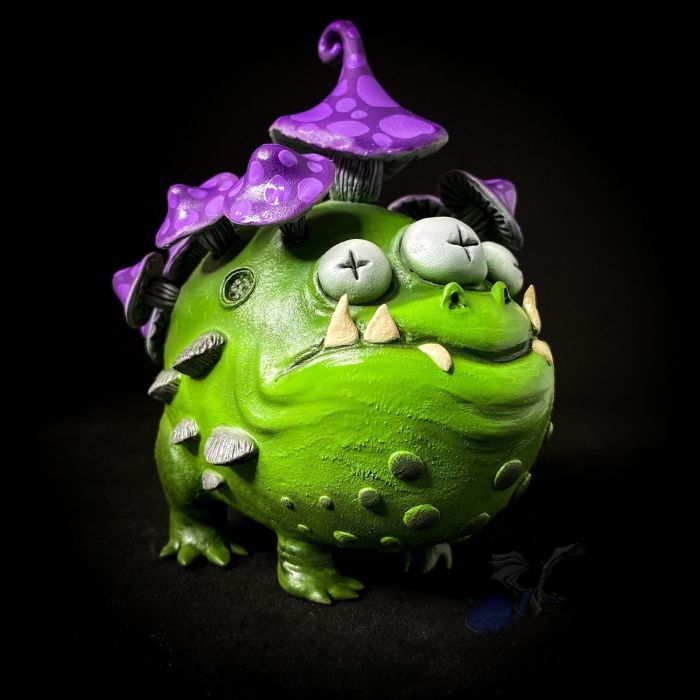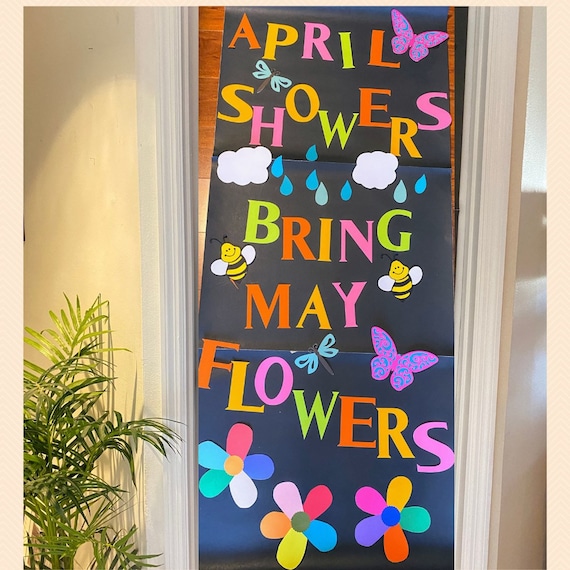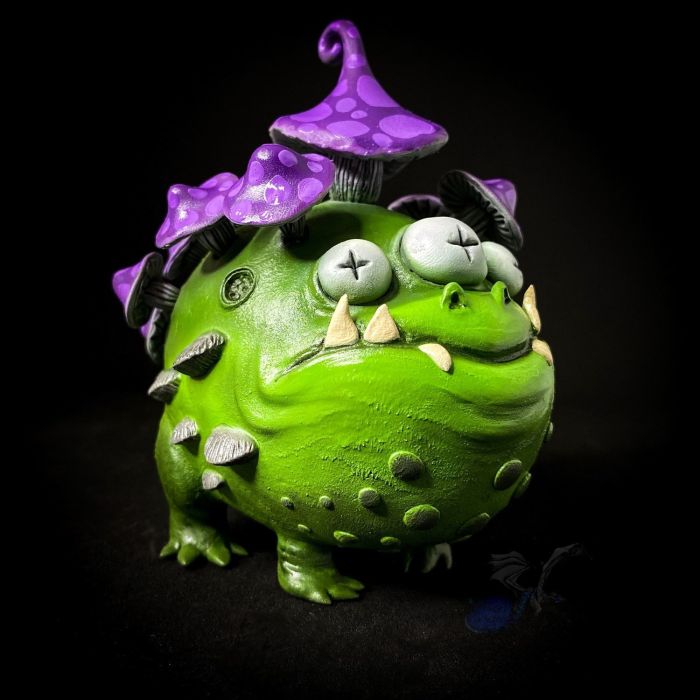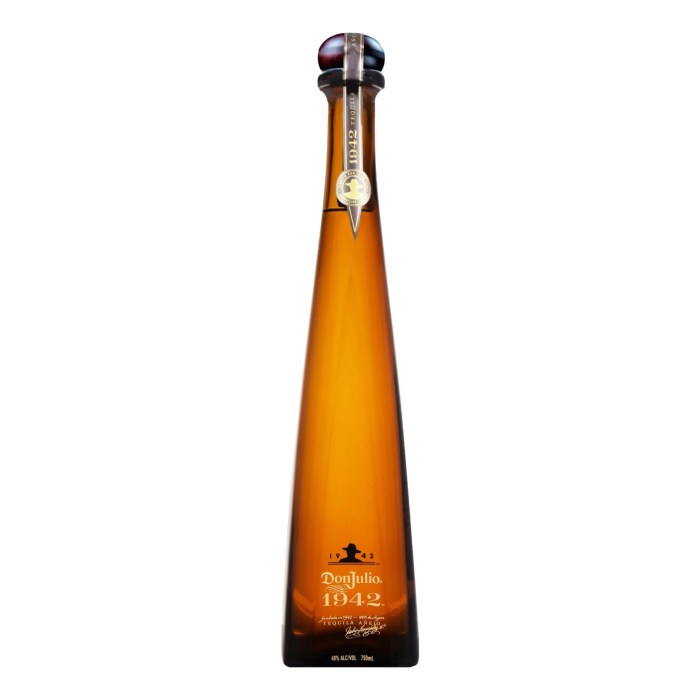Dont Starve Together Decorations: Enhancing Your World
Don’t Starve Together decorations are more than just aesthetics; they’re a way to personalize your world, immerse yourself in the game’s unique atmosphere, and express your creativity. Whether you prefer a cozy cabin in the woods, a whimsical garden bursting with life, or a spooky, eerie atmosphere, decorating your Don’t Starve Together world adds a unique touch to your survival journey.
This guide explores the different motivations behind decorating, the resources and techniques available, and the thriving community that shares its love for transforming these virtual landscapes. We’ll delve into building and placement techniques, thematic decorations, and the benefits of collaborating with others to create truly remarkable worlds.
The Appeal of Don’t Starve Together Decorations

In the vast and unforgiving world of Don’t Starve Together, players have found solace and expression in decorating their worlds. Beyond simply surviving, players seek to create spaces that reflect their personalities, enhance the gameplay experience, and add a touch of beauty to their virtual wilderness.
Aesthetic Appeal, Don’t starve together decorations
Decorating in Don’t Starve Together is often driven by a desire to create visually pleasing and immersive environments. Players utilize the game’s vast array of crafting resources to build structures, furniture, and decorations that enhance the visual appeal of their base camps and surrounding areas.
The act of arranging and customizing these elements allows players to transform their surroundings into aesthetically pleasing and personalized spaces.
Immersion and Storytelling
Decorating can also serve as a means to enhance the immersive experience of Don’t Starve Together. Players can create narratives within their worlds through the placement of objects and structures. For example, a player might build a cozy cabin surrounded by a garden to evoke a sense of tranquility, or construct a grand fortress to reflect their character’s strength and resilience.
This act of storytelling through decoration adds depth and meaning to the game world.
Personal Expression
Ultimately, decorating in Don’t Starve Together is a form of personal expression. Players can use the game’s tools to create spaces that reflect their unique tastes and preferences. This can range from creating minimalist and functional bases to elaborate and whimsical designs.
By expressing themselves through decoration, players can personalize their experience and make the game world truly their own.
Popular Decorating Styles
A variety of decorating styles have emerged within the Don’t Starve Together community.
- Minimalist: This style emphasizes functionality and simplicity, often utilizing natural resources and basic structures. Players who prefer this style prioritize practicality and efficiency over elaborate designs.
- Cozy Cabin: This style focuses on creating a warm and inviting atmosphere. Players often utilize wood, stone, and other natural materials to build cozy cabins, fireplaces, and gardens.
- Grand Manor: This style aims to create an impressive and opulent dwelling. Players use a wide range of materials and structures to construct large and elaborate mansions, complete with grand staircases, ornate furniture, and decorative gardens.
- Whimsical: This style embraces creativity and playful design. Players often incorporate whimsical elements such as giant mushrooms, colorful flowers, and strange creatures into their decorations.
Decorating Resources and Materials

Don’t Starve Together offers a wide variety of resources and materials that can be used for decorating your base and adding a personal touch to your world. These resources come from various sources, ranging from common materials found in the world to rare items obtainable through specific events or crafting.
Categorizing Decorating Resources
Decorating resources can be broadly categorized based on their function or origin.
Natural Resources
These resources are found naturally in the world and can be gathered directly or harvested from plants.
| Resource Name | Description | Availability | Uses |
|---|---|---|---|
| Logs | Large pieces of wood, often found near trees. | Commonly found in forests and near trees. | Building structures, crafting furniture, and creating fires. |
| Twigs | Small pieces of wood, often found on the ground. | Commonly found in forests and near trees. | Crafting simple structures, furniture, and tools. |
| Rocks | Naturally occurring stones of various sizes. | Found throughout the world, especially in rocky areas. | Building structures, crafting tools, and creating fires. |
| Grass | Green, leafy plants that grow on the ground. | Commonly found in meadows and fields. | Crafting simple structures, furniture, and tools. |
| Flowers | Colorful blooms that grow on plants. | Found in various biomes, including meadows and forests. | Decorating and attracting butterflies. |
| Mushrooms | Fungi that grow in damp environments. | Found in forests and caves. | Crafting food, potions, and decorative items. |
| Reeds | Tall, slender plants that grow in water. | Found near water sources, such as rivers and lakes. | Crafting mats, furniture, and decorative items. |
| Thatch | Dried leaves and grasses, often used for roofing. | Found in various biomes, including meadows and forests. | Crafting roofing materials and decorative items. |
Crafted Resources
These resources are created by crafting using various materials and recipes.
| Resource Name | Description | Availability | Uses |
|---|---|---|---|
| Wooden Boards | Planks of wood created by crafting logs. | Crafted from logs using a workbench. | Building structures, crafting furniture, and tools. |
| Stone Slabs | Flat pieces of stone created by crafting rocks. | Crafted from rocks using a workbench. | Building structures, crafting furniture, and tools. |
| Rope | Strong, flexible material made from various fibers. | Crafted from various materials, including reeds and fibers. | Crafting furniture, tools, and traps. |
| Fabric | Soft, woven material made from various fibers. | Crafted from various materials, including silk and fibers. | Crafting clothing, furniture, and decorative items. |
| Clay | Soft, malleable material found near water sources. | Found near water sources, such as rivers and lakes. | Crafting pottery, furniture, and decorative items. |
| Brick | Hard, durable material made from clay. | Crafted from clay using a kiln. | Building structures, crafting furniture, and tools. |
| Metal | Strong, durable material obtained from ore. | Crafted from ore using a furnace. | Crafting tools, weapons, and armor. |
| Glass | Transparent material made from sand and charcoal. | Crafted from sand and charcoal using a furnace. | Crafting windows, decorative items, and tools. |
Special Resources
These resources are obtained through specific events, quests, or crafting recipes.
| Resource Name | Description | Availability | Uses |
|---|---|---|---|
| Glow Berries | Small, glowing berries that emit light. | Found in caves and during specific events. | Crafting light sources, decorative items, and potions. |
| Fireflies | Small, flying insects that emit light. | Found in forests and during specific events. | Crafting light sources and decorative items. |
| Moonstone | Luminous stones that emit a soft glow. | Found in caves and during specific events. | Crafting light sources, decorative items, and tools. |
| Coral | Hard, colorful material found in the ocean. | Found in the ocean and during specific events. | Crafting decorative items, furniture, and tools. |
| Seashells | Empty shells of various sea creatures. | Found on beaches and during specific events. | Crafting decorative items, furniture, and tools. |
| Feather | Light, soft material found on birds. | Obtained from killing birds or during specific events. | Crafting clothing, furniture, and decorative items. |
| Silk | Soft, lustrous material produced by silkworms. | Obtained from killing silkworms or during specific events. | Crafting clothing, furniture, and decorative items. |
Building and Placement Techniques
Decorating in Don’t Starve Together involves more than just placing objects; it’s about crafting a cohesive and visually appealing environment that complements your base’s functionality. Understanding building and placement techniques can transform your base from a simple shelter into a masterpiece.
Placement Strategies
Effective placement goes beyond simply placing objects randomly. It involves considering the overall layout, creating visual flow, and optimizing for both aesthetics and functionality.
- Use Depth and Layers:Don’t be afraid to overlap decorations, creating layers that add visual interest and depth. This can be achieved by placing items in front of or behind others, creating a sense of perspective. For example, placing a cluster of flowers in front of a stone wall adds depth and a natural touch.
- Create Focal Points:Draw the eye to specific areas by placing eye-catching decorations, such as a large statue or a cluster of glowing lanterns, in strategic locations. This creates visual interest and guides the player’s gaze through the base.
- Utilize Natural Features:Incorporate the natural environment into your design. Place decorations near trees, rocks, or bodies of water to enhance the overall aesthetic and blend your base seamlessly with the surrounding landscape. For example, placing a small wooden bench near a waterfall creates a serene and inviting spot.
Building Techniques
Building techniques play a crucial role in achieving the desired aesthetic and functionality.
- Symmetry and Balance:Symmetry can create a sense of order and harmony, while asymmetry can add visual interest and a more natural feel. Experiment with both to find what works best for your base. For example, placing two identical statues on opposite sides of a path creates a sense of balance, while placing a cluster of flowers on one side and a small fountain on the other creates an asymmetrical design.
- Varying Heights:Mixing decorations of different heights adds visual interest and depth to your base. This can be achieved by using platforms, walls, or simply placing items on different levels. For example, placing a tall statue on a platform adds height and prominence, while placing a smaller flower bed on the ground creates a contrast in height.
- Creating Pathways:Guide players through your base with well-defined pathways. This can be achieved using paths, fences, or even rows of strategically placed decorations. Pathways not only enhance the visual appeal but also make navigating your base easier and more enjoyable.
Sample Layout
This sample layout demonstrates how to combine building and placement techniques to create a visually appealing and functional base. Key Elements:
- Entrance:A grand entrance with a welcoming archway adorned with lanterns and flowers. This sets the tone for the base and creates a sense of arrival.
- Central Courtyard:A spacious courtyard with a central fountain, surrounded by benches and flower beds. This provides a relaxing area for players to gather and socialize.
- Living Area:A comfortable living area with a fireplace, chairs, and a table. This is where players can relax and enjoy the company of their fellow survivors.
- Garden:A lush garden with a variety of plants, flowers, and decorative elements. This adds a touch of nature and provides a peaceful retreat.
- Workshop:A functional workshop with crafting stations, storage chests, and a workbench. This area is where players can craft items and manage their inventory.
Concluding Remarks: Don’t Starve Together Decorations

Decorating your Don’t Starve Together world isn’t just about making it visually appealing; it’s about creating a space that reflects your personality, enhances your gameplay experience, and allows you to connect with a passionate community. By exploring the various resources, techniques, and themes, you can unlock a new level of enjoyment and immerse yourself in a world that truly feels like your own.
Helpful Answers
What are the most popular decorating styles in Don’t Starve Together?
Some popular styles include cozy cabins, whimsical gardens, spooky forests, and even themed bases inspired by real-world cultures or historical periods.
Are there any specific resources I should look out for when decorating?
Yes, resources like wood, stone, thatch, and flowers are essential for basic decorations. You can also use more unique items like gears, gears, and other crafted items for more complex decorations.
Can I decorate my base with other players?
Absolutely! Many players enjoy collaborating on decorations, sharing ideas, and building elaborate structures together. You can even find dedicated communities online for sharing inspiration and tips.







